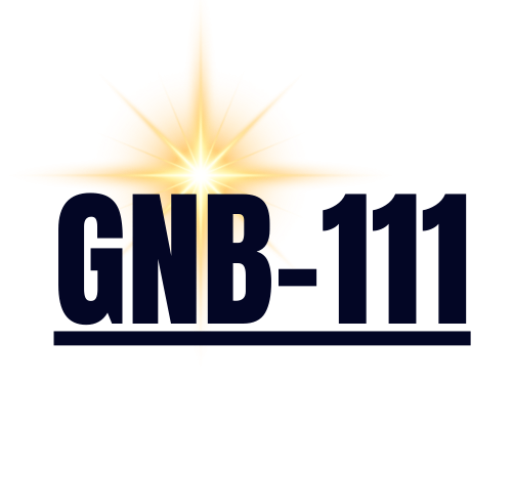The Groundbreaking Influence of AI Image Generators on Internet Marketing
In today’s competitive marketing arena, visual content reigns supreme. The emergence of AI image generators has revolutionized how marketers design and use visual assets across advertising initiatives.
Understanding AI Image Generators in the Marketing Context
AI image generators are powerful digital tools that use machine learning algorithms to create original images based on textual inputs. These technologies analyze existing visual content to identify trends and then produce new images that align with specified requirements.
For marketers, these tools represent a complete reimagining in visual content creation, offering advantages that traditional methods cannot compete with:
Production Velocity: AI can create dozens of high-quality images in a fraction of the time, significantly speeding up the content creation process.
Cost-Effectiveness: By lowering or eliminating the need for professional photographers, graphic designers, or expensive stock photo subscriptions, AI image generators substantially reduce the cost barrier to quality visual content.
Tailoring: These tools can create tailor-made visuals designed for particular marketing campaigns, audience segments, or brand aesthetics.
Key Uses of AI Image Generators in Digital Marketing
Social Network Advertising
Social media platforms are inherently visual environments where the right image can drive engagement. AI image generators enable marketers to:
Design platform-specific visuals tailored to each social network’s unique audience
Rapidly respond to trends and current events with relevant visuals
Keep up consistent posting schedules with fresh, engaging content
Develop custom graphics that enhance brand identity across channels
Email Campaign Strategies
Email remains one of the most effective marketing channels, and AI-generated images can dramatically increase campaign performance:
Customized visuals created for specific subscriber segments
Unique graphics that reinforce email messaging
Comparative analysis of different visual approaches
Adaptive visuals that changes based on recipient behavior
Online Advertising Efforts
AI-generated images have proven exceptionally valuable for digital advertising:
Generation of multiple ad variations to analyze messaging
Rapid production of ad creative for different platforms
Custom visuals that complement perfectly with ad copy
Scalable production of assets for large campaigns
Item Presentation and E-commerce
For e-commerce marketers, AI image generators offer revolutionary capabilities:
Creation of product mockups without physical photography
Production of lifestyle images showing products in contextual settings
Depiction of products in different colors, styles, or environments
Production of visually compelling product listings at scale
Advantages That Upgrade Marketing Operations
Design Flexibility and Experimentation
AI image generators enable marketers to explore visual concepts that might be impossible to create through traditional means. This expanded creative palette allows for:
Testing innovative visual approaches without significant resource investment
Fast visualization of concepts before committing to full production
Research of distinctive visual styles that highlight a brand
Cohesion Across Campaigns
Preserving visual consistency is crucial for building brand recognition. AI tools specialize in creating images that comply with specific style guidelines.
Growth Potential for Growing Businesses
As marketing needs expand, AI image generators adapt effortlessly to meet demand:
No constraints on production capacity
Consistent quality regardless of volume
Capability to customize thousands of visuals for different segments or campaigns
Integration Methods for Marketers
Merging AI Images with Marketing Platforms
Major marketing platforms now feature native AI image generation capabilities. For example, many advertising platforms provide embedded image generators that allow advertisers to:
Choose products to promote
Create enhanced product images automatically
Adjust results using prompts and themes
Archive custom images to a creative asset library for future use
Improving Content Marketing Efforts
Content marketers can employ AI-generated images to:
Produce custom illustrations for blog posts and articles
Develop infographics that transform complex data into visually appealing formats
Generate featured images that increase engagement with written content
Generate consistent visual assets across content marketing initiatives
Drawbacks and Limitations to Consider
Despite their revolutionary capabilities, AI image generators present several concerns marketers should address:
Output Variations
AI-generated images can sometimes include strange artifacts, anatomical impossibilities, or other imperfections. The most common issues include:
Unusual human features, particularly hands and faces
Words that appear nonsensical
Proportional errors
Problems with complex or overlapping elements
Responsible and Legal Considerations
Several important compliance and principled issues pertain to AI-generated imagery:
Intellectual property questions, as AI systems train on existing images
Questions about ownership of AI-generated content
Potential for inadvertent imitation of copyrighted visual styles
Lack of clear legal precedent regarding AI-generated assets
Without the Human Touch
While progressively advanced, AI-generated images may sometimes miss the emotional depth and nuanced understanding that human designers bring to visual creation.
Best Practices for Marketing Success
To optimize the effectiveness of AI image generators in marketing:
Use precise, detailed prompts that specify style, mood, context, and other important elements
Preserve brand guidelines and ensure all AI-generated content follows them
Integrate AI generation with human oversight and editing when needed
Run regular testing to determine which AI-generated styles are most effective
Stay informed about evolving copyright and legal considerations
The Future of AI Image Generation in Marketing
As AI image generation technology advances further, we can foresee:
Enhanced photorealism and higher quality outputs
Improved integration with marketing automation platforms
Complex personalization capabilities
Upgraded video generation capabilities building on still image technology
Greater clarity around legal and ethical frameworks
Conclusion
AI image generators embody a revolutionary development for internet marketers, offering unmatched efficiency, creativity, and scalability in visual content creation. While issues exist regarding quality consistency and legal considerations, the tactical benefits these tools provide will make them more important to effective marketing strategies.
By strategically integrating AI-generated imagery into marketing workflows, businesses can create attractive, tailored visual experiences that enhance engagement and conversions while substantially lowering production time and costs. As the technology further develops, marketers who become proficient in these tools will gain important competitive advantages in the visually dominated digital landscape.
Source: Seznam AI
